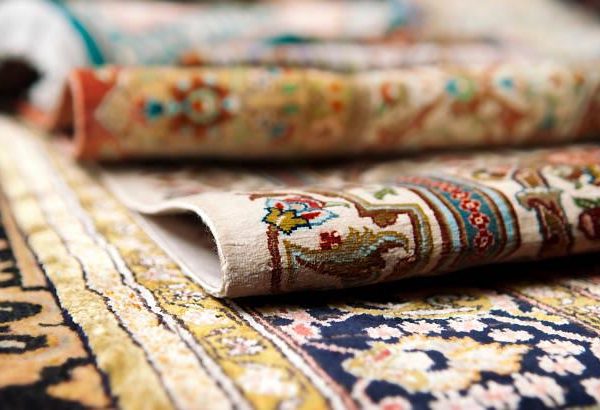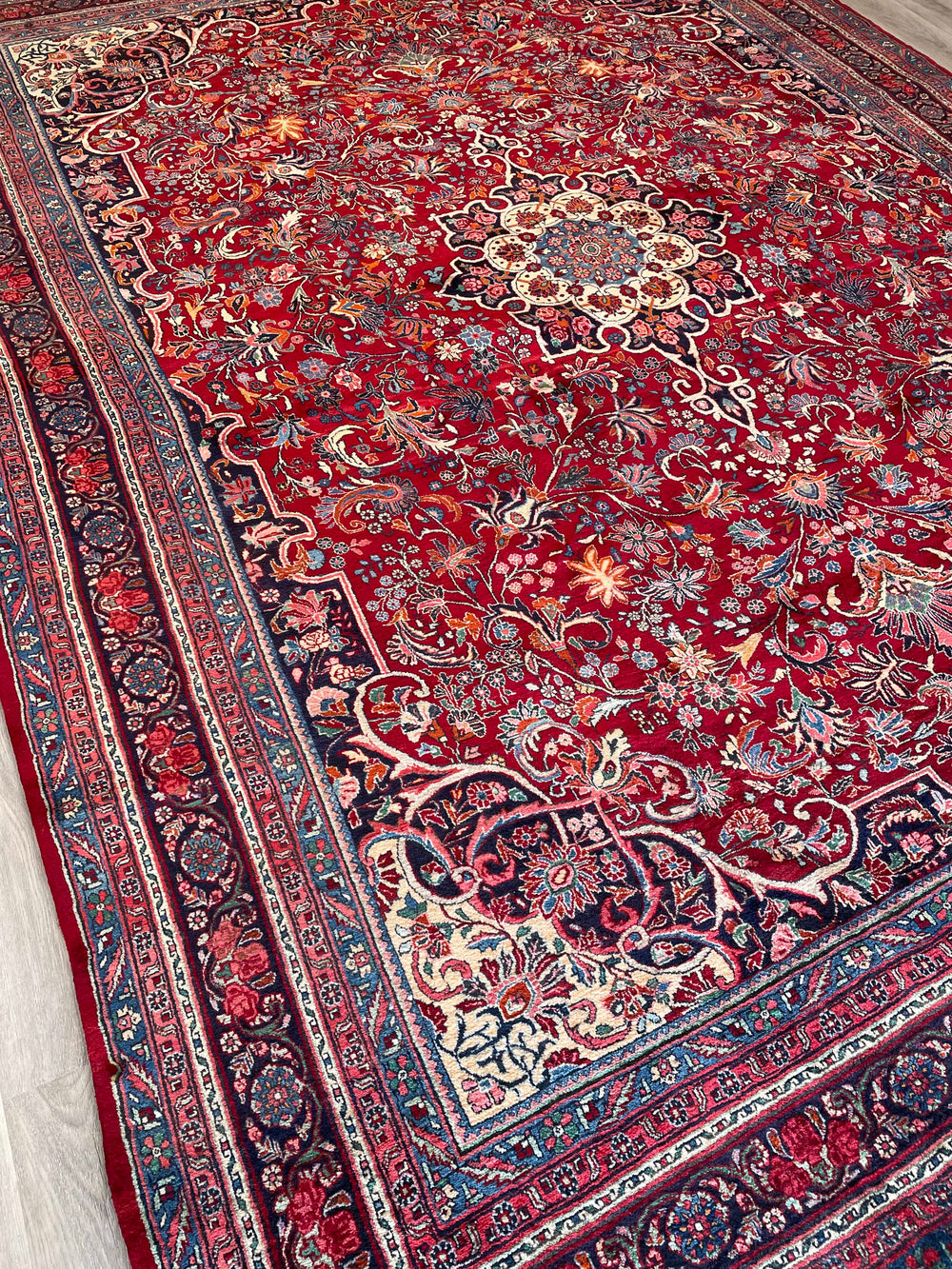History of Persian Carpets


The Iranians were among the first carpet weaver of the ancient civilizations. An Iranian's home is bare and soulless without it, a reflection on the deep rooted bond between the people and their national art.

From being simply articles of need, as pure and simple floor entrance covering to protect the nomadic tribesmen from the cold and damp, the increasing beauty of the carpets found them new owners - kings and nobleman, those who looked for signs of wealth or adornment for fine buildings.

In palaces, famous buildings, rich homes and museums throughout the world a Persian carpet is amongst the most treasured possessions.

Although cotton came to be used for the warp and weft of the carpet, the herds of sheep that surrounded the tribes provided the basic material, wool.

The cold mountain climate provided an added advantage in that the wool was finer and had longer fibres than wool from sheep in warmer climates.
A key feature in making the carpets was the bright colours used to form the intricate designs. The manufacture of dyes involved well kept secrets handed down through the generations.
Before the dyeing process could begin, the wool had to be washed and dried in the sun to bleach it. The wool was loosely dipped into dyeing vats and left for a time that could be judged only by the expert craftsman.